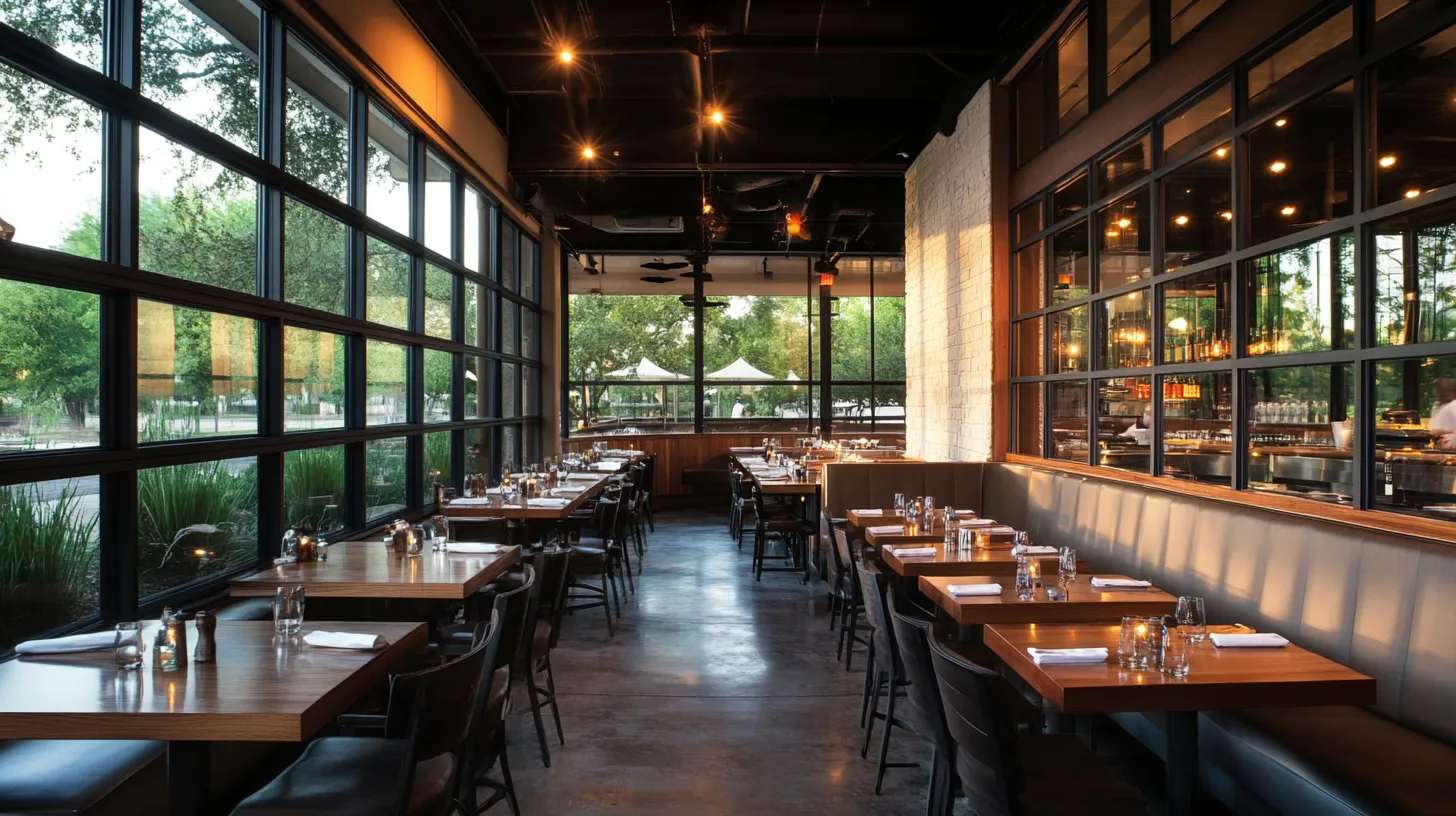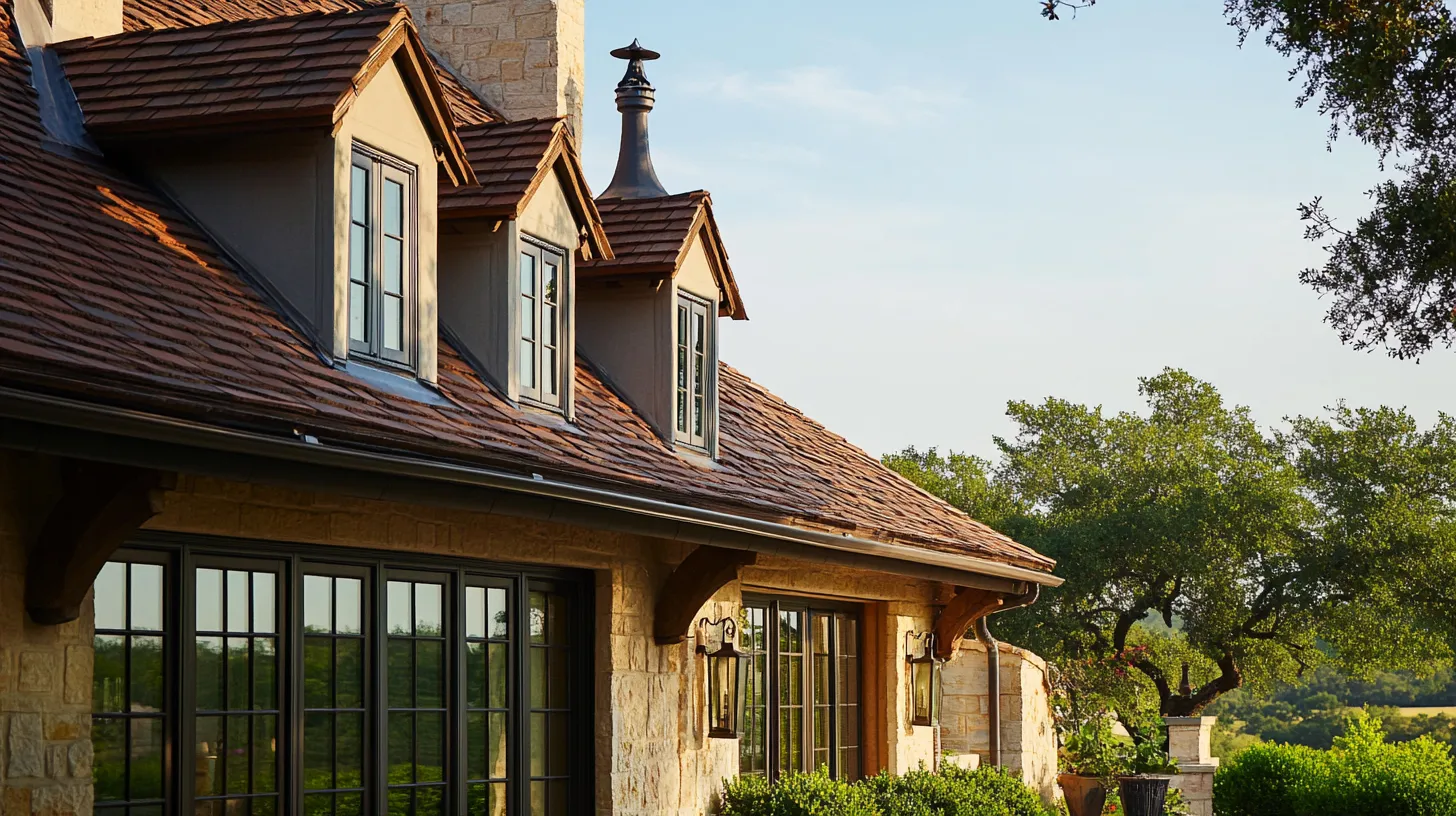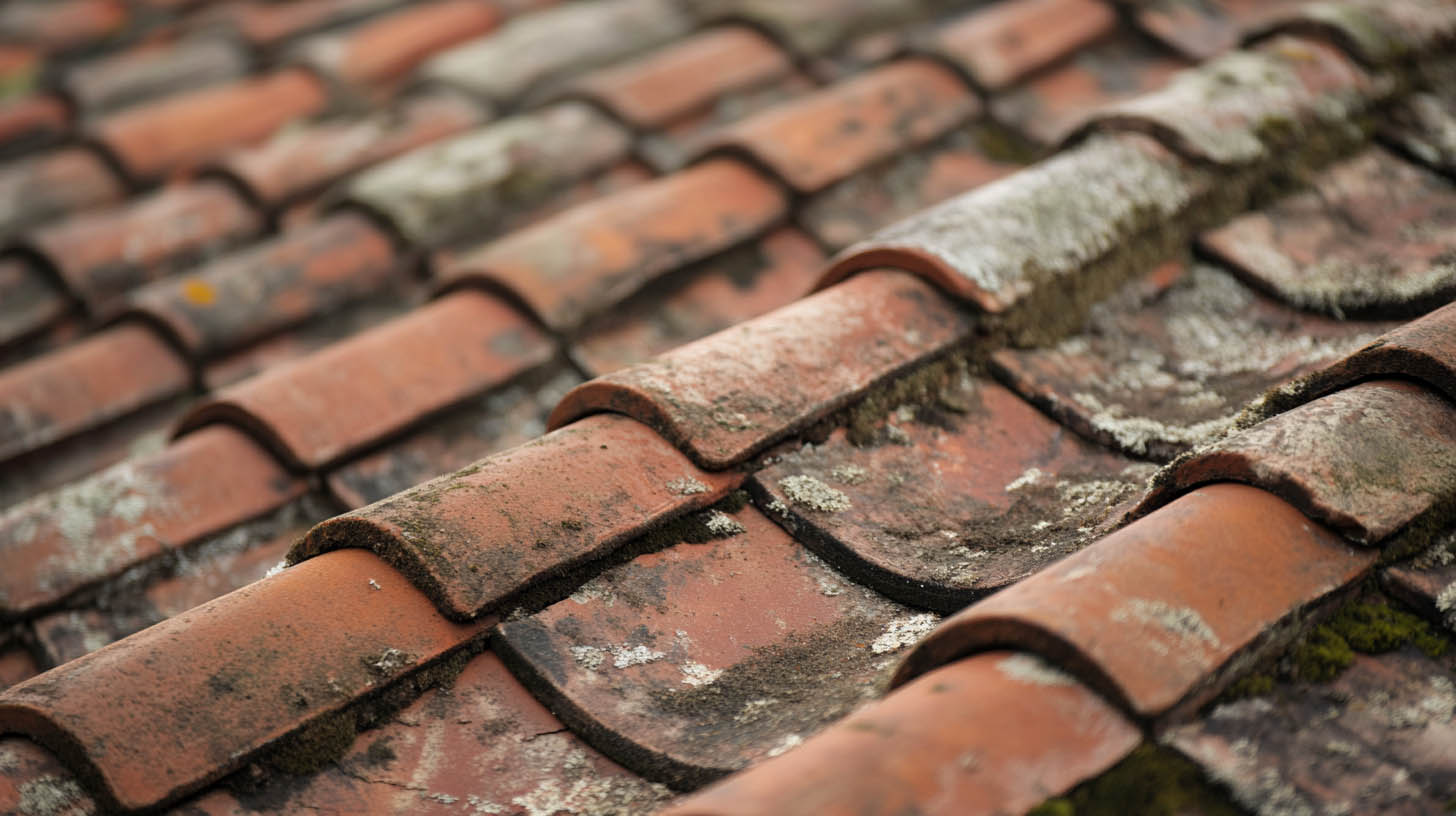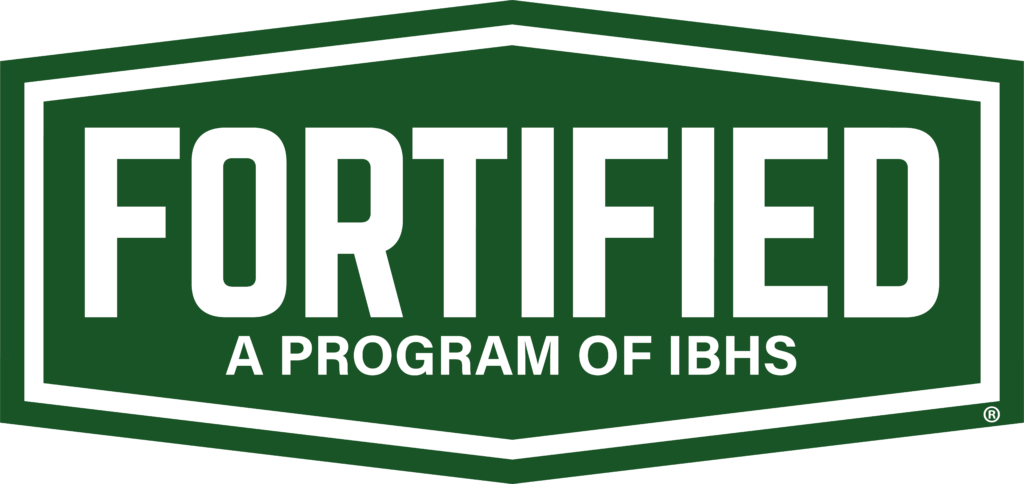
How Roof Design Affects Pest Control in Texas Restaurants
Maintaining a pest-free environment is critical for restaurants, especially in public areas where food safety and customer satisfaction are paramount. Implementing effective pest control measures is essential, and one often overlooked aspect is the role of roof design. Choosing the right roof design can significantly impact the effectiveness of your pest control service, minimizing the risk of infestations and ensuring a hygienic dining experience for your valued customers. At DT Roofing, we understand the importance of a well-designed roof in preventing pest infestations in Texas restaurants.
Importance of Roof Design
A well-designed roof acts as the first line of defense against pests. It prevents easy access to your restaurant’s interior, making it less appealing for pests seeking shelter, food, and water. On the other hand, a poorly designed roof can create vulnerabilities that pests can exploit, leading to infestations that can be difficult and costly to manage.
Considering the hot and humid climate of Weatherford, TX, roofs are particularly susceptible to pest problems. By focusing on roof design elements that deter pests, restaurant owners can proactively prevent infestations and maintain a clean and safe establishment.
How Roof Materials Influence Pest Attraction
Roof materials play a vital role in either attracting or deterring pests. Certain materials like wood, ivy-covered surfaces, can attract pests due to moisture retention, while metal roofs are less prone to pest harborages. Different materials offer varying levels of resilience against pest infestations. For instance, pests like rodents may find it easier to gnaw through certain materials, creating entry points into the establishment, thus necessitating vigilant pest control measures.
The Role of Roof Shape in Pest Deterrence
The shape and slope of a roof play a crucial role in deterring pests like rodents and roaches. A steep roof slope can discourage pests from finding a way into the establishment, reducing the risk of infestation. Additionally, flat roofs can accumulate moisture, creating an ideal breeding ground for pests like mosquitoes.

Roofing Features That Enhance Pest Control
In addition to material and shape considerations, several roofing features can be integrated to enhance pest control efforts. For instance, installing chimney caps and vent covers can prevent birds, rodents, and other small animals from entering your restaurant through these openings.
Furthermore, keeping the roof free of debris, such as leaves and branches, is crucial. Such debris can serve as a food source and shelter for pests, attracting them to your roof and increasing the chances of an infestation.
Integrated Pest Management Systems
Integrated Pest Management Systems in modern roof designs are crucial for effective pest control in Texas restaurants. By incorporating pest-resistant materials and implementing strategic maintenance practices, such as regular inspections and prompt repairs by reputable pest control companies, these systems can significantly reduce the risk of infestations. To effectively take care of the problem, utilizing cockroaches, rodents, and moisture, restaurants can enhance pest management measures to create a hygienic environment that deters pests from finding a food source or harboring in crevices.
Benefits of Proper Ventilation and Sealing
Proper ventilation and sealing techniques play a vital role in pest management for a number of reasons. Effective ventilation helps control moisture levels, making the environment less attractive to pests like cockroaches and rodents. Sealing cracks and crevices prevents pests from entering the premises through conduits or planters. By implementing these measures, restaurants can significantly reduce the risk of pest infestation, ensuring a hygienic space for both customers and staff.

Conclusion
Implementing effective pest control measures in Weatherford, TX restaurants is crucial. By integrating proper roof design strategies, such as selecting appropriate materials and maintaining the right shape and slope, establishments can significantly reduce pest infestations. Features like integrated pest management systems, ventilation, and sealing techniques play a key role in deterring pests. Prevention is always preferable to dealing with an infestation, as pests pose health risks and harm a restaurant’s reputation. Stay proactive in maintaining a pest-free environment through thoughtful roof design.
Frequently Asked Questions
What are the common pests found in Texas restaurant roofs?
Common Texas restaurant roof pests include roaches, wasps, rodents, and mosquitoes. Their presence is often indicated by droppings, nesting materials, and sightings. Proper roof design can help prevent these pests by sealing off entry points and eliminating potential nesting areas. Regular inspections and maintenance are crucial in keeping restaurants pest-free.
How does roof design contribute to pest control effectiveness?
Roof design contributes to pest control by deterring pest attraction and harborage and preventing entry. This proactive approach supports long-term prevention and enhances the effectiveness of other control measures.
Read our blog: What Local Realtors Say About Roof Condition and Home Value in Hood County











